The Essential Guide to Growing Bromeliads Indoors with Ease
Bromeliads are among the most popular indoor plants used to decorate living and working spaces. With their elegant and refined appearance, coupled with profound feng shui meaning, Bromeliads have become symbols of luck and prosperity. These plants are easy to care for, adaptable to various environments, and thus widely chosen for indoor cultivation. Below is a detailed guide on how to plant, care for, and explore the meaning of Bromeliads.
Key Characteristics of Bromeliads
Bromeliads belong to the grass-like plant family, with a false stem formed by overlapping leaf bases. The plant’s leaves are sword-shaped, soft, smooth, without serrated edges, and grow in clusters. Due to their epiphytic nature, Bromeliads can thrive without soil, making them easier to care for. The plant’s evergreen leaves and sturdy appearance create a striking focal point in any space.
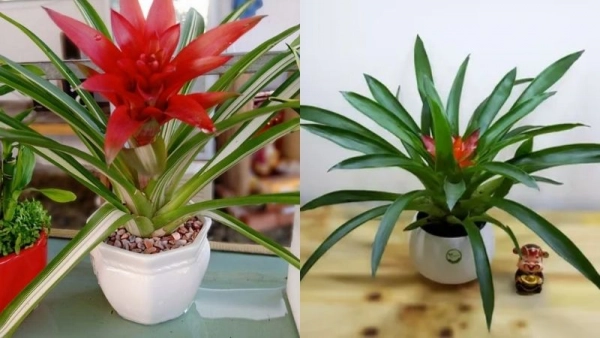
Bromeliads are also known for their vibrant foliage, which can come in various shades such as red, purple, green, orange, and yellow. Some varieties even feature unique stripes or spots. The scientific name for Bromeliads is Tillandsia imperalis, and they belong to the Bromeliaceae family. This species originates from the Americas, with the highest concentration found in Mexico and Ecuador.
Popular Bromeliad Varieties
Here are some of the most popular and easy-to-grow Bromeliad varieties, particularly suitable for beginners:
- Guzmania: The Guzmania genus includes some of the most common and easily accessible species, such as G. lingulata, G. zahnii, G. sanguinea, and G. monostachia. These plants are characterized by long, flat, glossy green leaves. Their bracts can come in vibrant colors such as bright red, yellow, orange, purple, or pink, adding a captivating allure to the plant. The flowers can bloom for two to four months, providing a fresh and lively accent to any room.
- Neoregelia: Neoregelia species are often used as houseplants due to their bracts that range from pink to deep purple. They form short, flat rosettes of leaves, offering a strong yet elegant look. The sizes of Neoregelia plants vary widely, with some dwarf species having a diameter of just 1 inch, while larger ones can reach up to 40 inches in diameter.
- Vriesea: The Vriesea genus is known for its tropical, feather-like flowers and colorful leaves. Popular species such as V. splendens and hybrids like Vriesea 'Fireworks' are favored for interior decoration due to their striking beauty and stylish form.
- Ananas comosus 'Champaca': The Ananas genus includes the common pineapple plant, the only member of the Bromeliad family that produces edible fruit. A. comosus 'Champaca' is a decorative Bromeliad often grown indoors. This variety features unique web-like leaves and small pineapples that grow at the top of its flower cluster, offering a visually intriguing and exotic touch to any living space.
Uses of Bromeliads
Bromeliads are not only grown for ornamental purposes but also offer several other benefits. With their dark green leaves and unique shape, these plants serve as a striking accent in interior decor, whether in apartments, offices, or homes. More importantly, Bromeliads are excellent air purifiers, helping to remove pollutants such as formaldehyde, xylene, and toluene, thereby creating a fresh and comfortable environment for people.
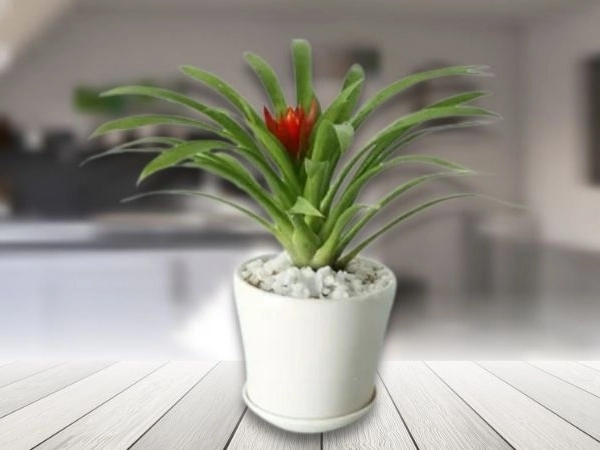
Currently, there are around 2,500 species of Bromeliads, along with thousands of hybrids. Among them, species from the genera Guzmania, Neoregelia, and Vriesea are highly recommended for beginners due to their ease of care and stunning appearance. These plants are non-toxic to pets and children, and have been proven to purify the air, making them one of the most popular houseplants today.
Feng Shui Significance of Bromeliads
Bromeliads take about three years to bloom, and when they do, their flowers symbolize luck and prosperity for the owner. After the flower fades, the plant will produce “pups” (young shoots) to continue growing, ensuring longevity.
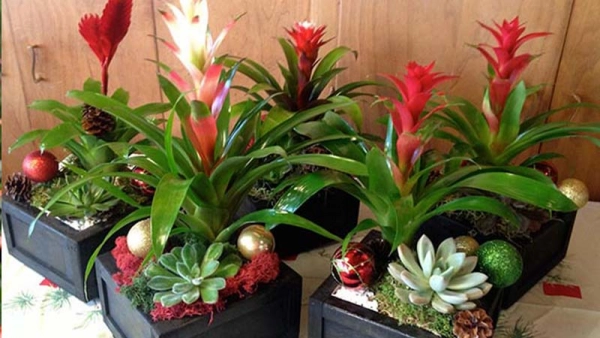
In feng shui, Bromeliads are considered symbols of wealth and success, making them ideal for display during the Lunar New Year. The plant’s shape resembles a vibrant candle, representing warmth, welcoming energy, and joy. The flowers are primarily red, which are suitable for those with the Fire and Wood elements. Additionally, the yellow-flowered varieties are a good match for individuals with Metal and Water elements.
How to Plant and Care for Bromeliads in the Garden
1. Mow the lawn and clear weeds
Clean the area where you plan to plant by trimming the grass and removing weeds. This will help the newly planted Bromeliad avoid competition for nutrients and space with weeds.
2. Prepare the soil
Loosen the soil to improve drainage and help the roots grow better. If the soil is too heavy or clay-like, you can improve it by adding sand or sawdust.
3. Trim Bromeliad pups and plant them in the soil
Gently prune weak or overly long stems to stimulate new growth and help the plant adapt to its new environment.
4. Fertilize
Use an appropriate fertilizer for ornamental plants to provide the necessary nutrients. Follow the instructions and avoid over-fertilizing to prevent harming the plant.
Caring for Bromeliads
- Regular Pruning: Trim off dead, withered, or diseased leaves and stems to encourage new growth and keep the plant tidy. Observe new leaf growth to assess the plant's health.
- Light: Bromeliads need plenty of natural light but should not be exposed to direct sunlight, especially during midday.
- Ideal Temperature: Bromeliads prefer warm temperatures, ideally between 18°C and 24°C. Avoid sudden temperature changes and keep the plant away from heat sources like fireplaces or air conditioners.
- Watering : Water Bromeliads about 2-3 times a week, depending on the climate and humidity. Before watering, check the soil moisture by touching it. If the soil is still damp, wait a few more days before watering again.
Important Notes for Maintaining a Beautiful Garden with Bromeliads
1. Regularly Trim Your Lawn
Choose a type of grass that suits the climate and the level of care you can provide. You can opt for natural grass like Bermuda grass or artificial turf, depending on your preference and maintenance ability. Plant grass around the base of the bromeliads to create a lush, soft green area, ideal for outdoor activities.
2. Keep the Soil Moist
Roots need water to absorb nutrients from the soil. When the soil maintains the necessary moisture level, it helps the roots easily absorb these nutrients, promoting healthy plant growth. Moist soil provides an ideal environment for root growth and overall plant development. Strong root systems result in better growth and higher resistance to diseases.
3. Apply Fertilizer in Proper Amounts
Plants require nutrients like nitrogen, phosphorus, potassium, and trace elements for healthy growth. Fertilizer supplies these nutrients when the soil no longer has enough to offer.
Frequently Asked Questions about Bromeliads
1. How long can potted Bromeliads live?
Most Bromeliads grown indoors have an average lifespan of two to five years. After this period, the mother plant naturally dies, but it usually produces "pups" (young shoots), which help sustain and grow new generations of plants.
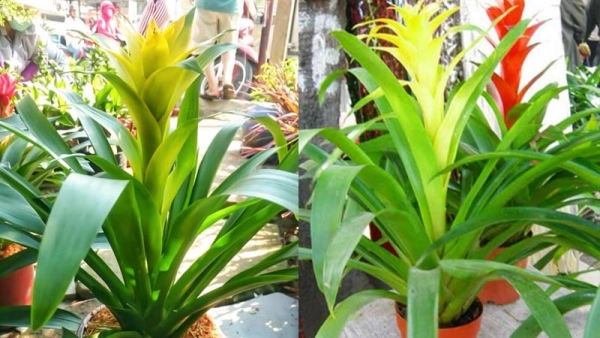
2. What should you do when a Bromeliad blooms?
After the Bromeliad blooms and the flower begins to fade, you should cut off the stalk where the flower bloomed. This process marks the end of the mother plant’s life cycle, but it will produce pups that can be separated and propagated for continued cultivation.
3. Should you water the cup of a Bromeliad?
Yes, you should keep a small amount of water in the central cup (also known as the tank) of the Bromeliad to maintain moisture, and regularly refill it when it dries out. Additionally, water the soil when it becomes dry to ensure the plant receives adequate moisture.
4. Can you use tap water for Bromeliads?
While you can use tap water, it’s not always recommended. Soft water may contain too much salt, while hard water often has too many minerals, both of which can harm the plant if used over time. If using tap water, flush the tank weekly to prevent mineral buildup. For the best results, it's recommended to use distilled water to ensure the healthiest growth for your Bromeliads.
Tags: Indoor Ornamental Plants | Outdoor Ornamental Plants | Bonsai Plants | Aquatic Ornamental Plants | Miniature Ornamental Plants |











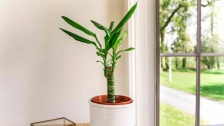
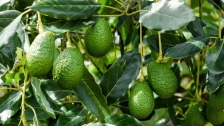
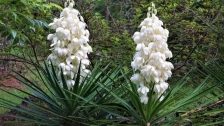





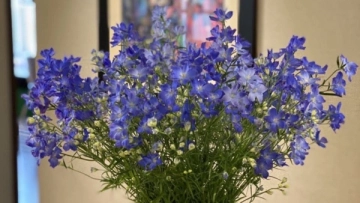
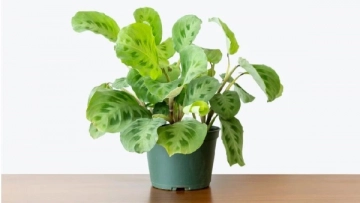

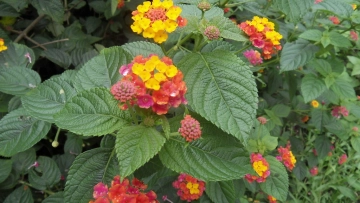
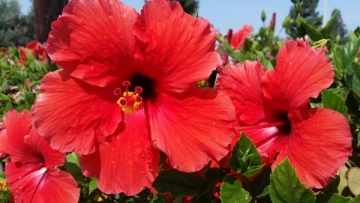
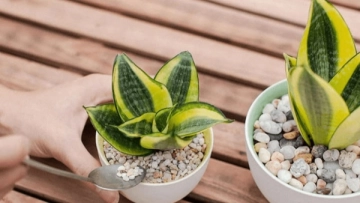
Priti Biswas
September 28 , 2024
Cam Giang
September 29 , 2024